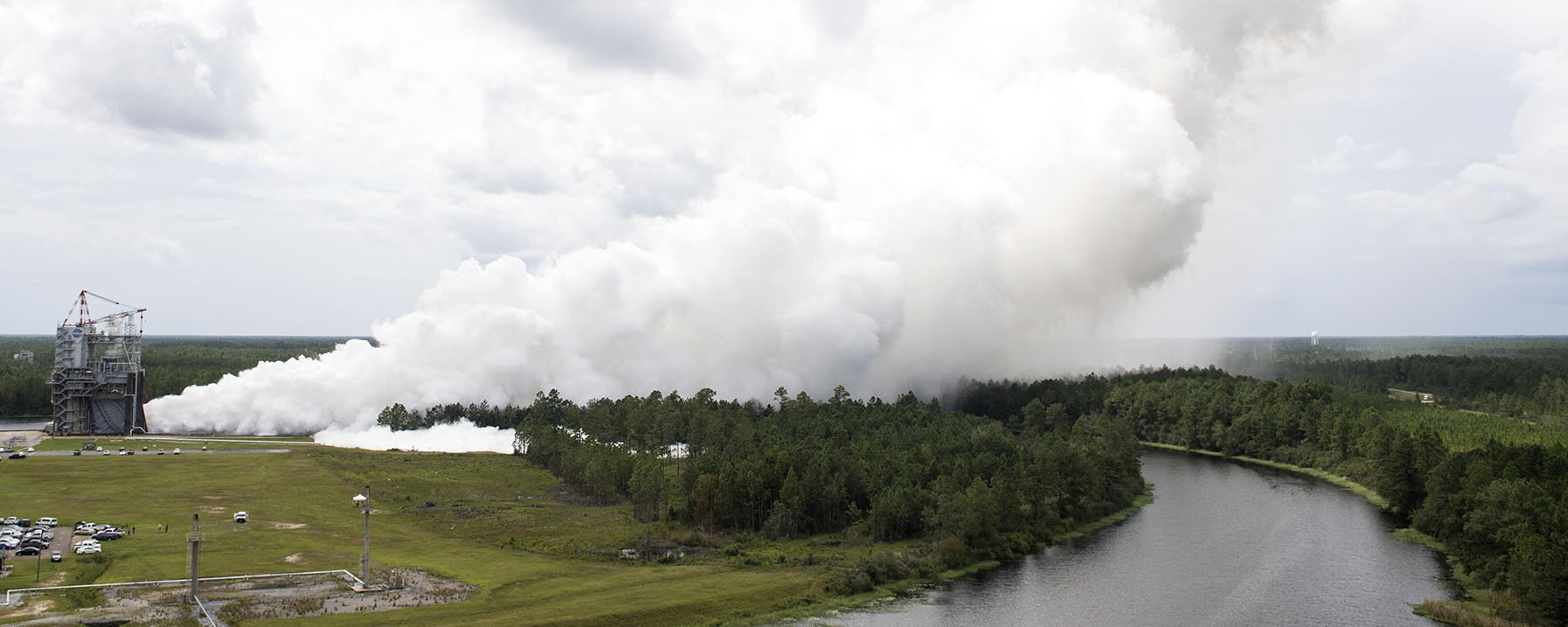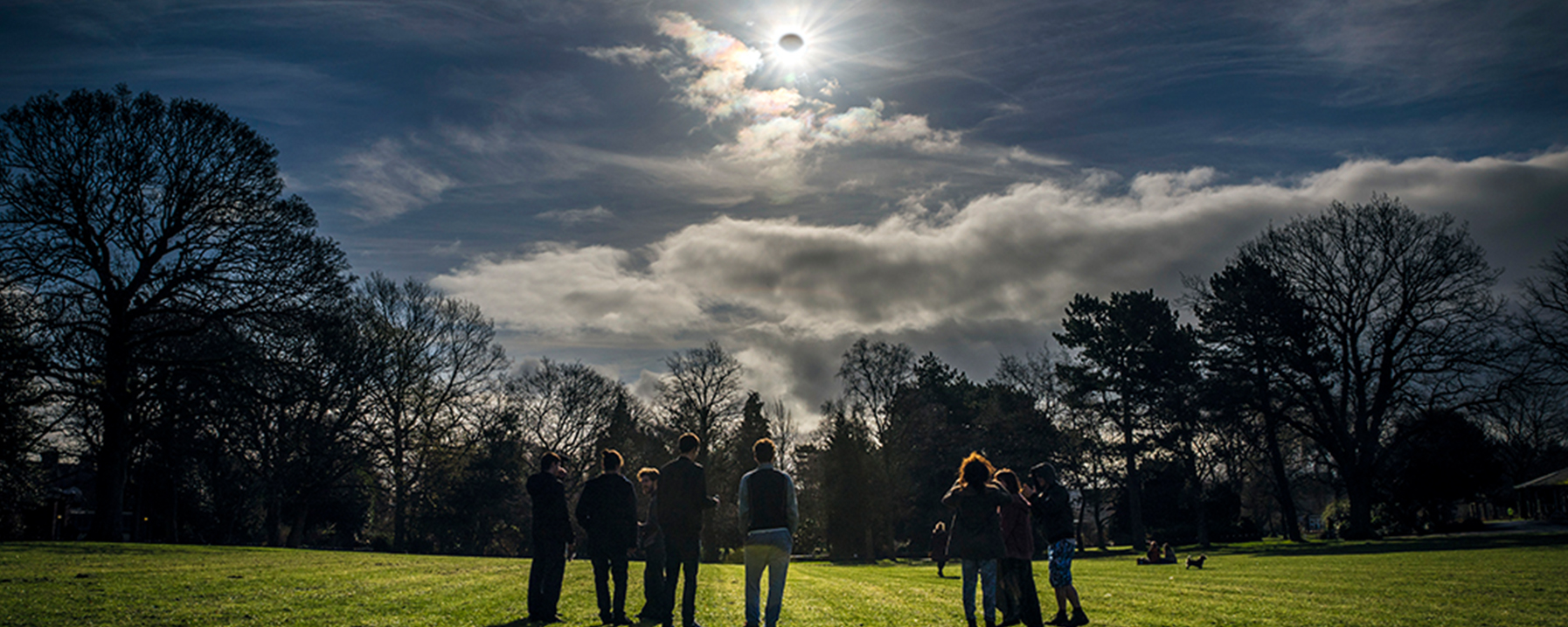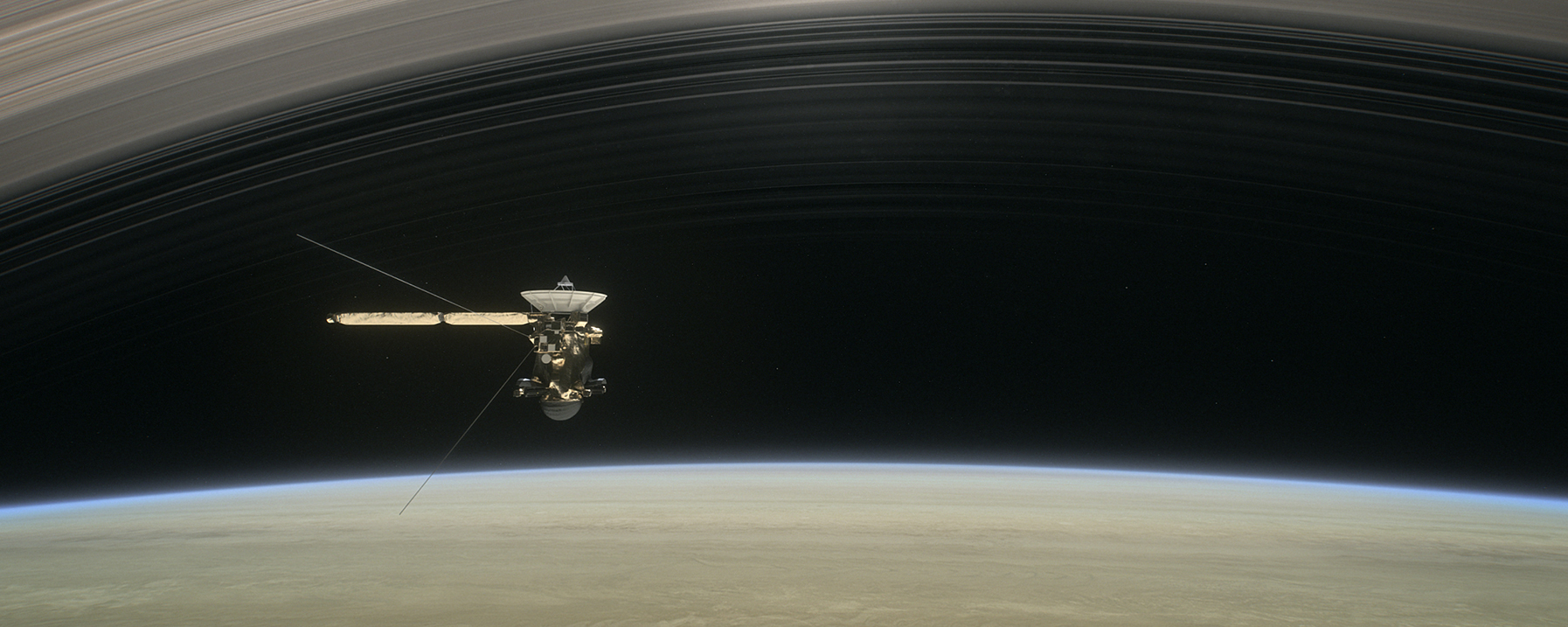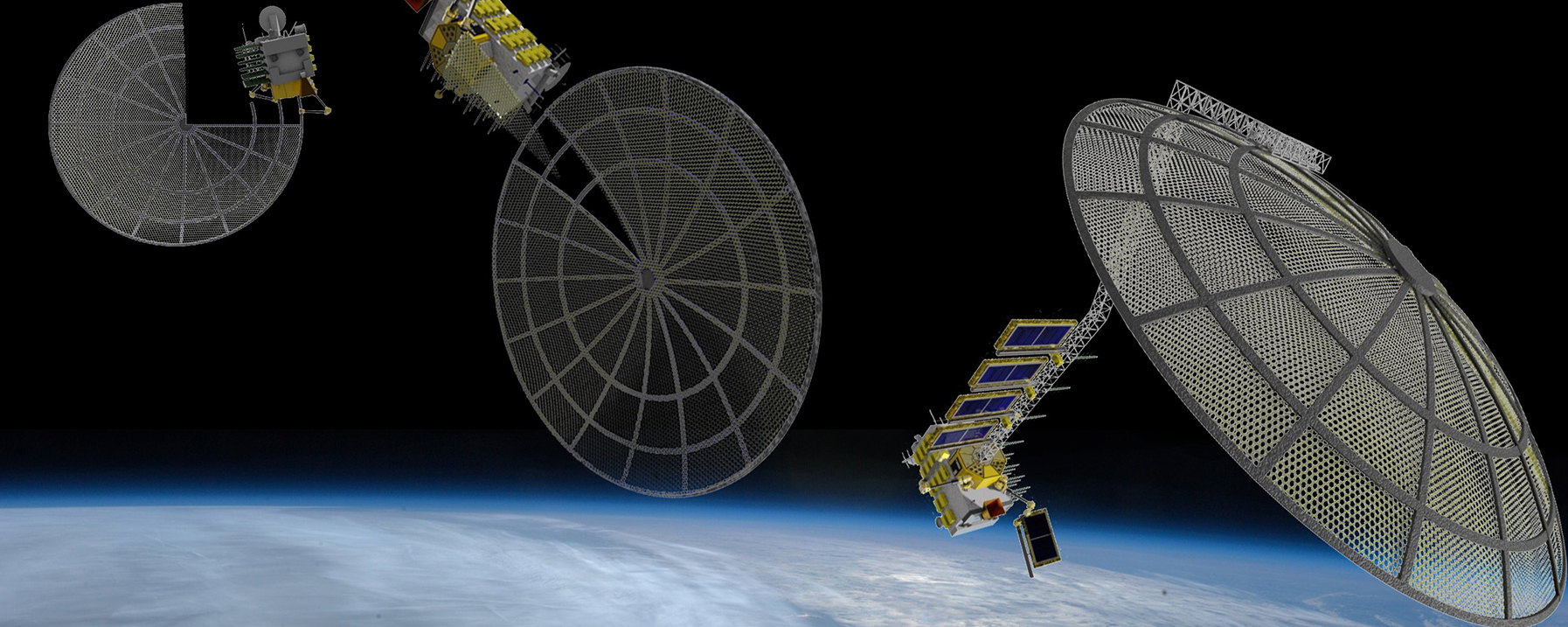NASA on a Strong Roll in Preparing Space Launch System Flight Engines
NASA is on a roll when it comes to testing engines for its new Space Launch System rocket. Engineers conducted a 500-second test of the RS-25 engine controller this week at NASA’s Stennis Space Center. The test involved installing the controller on an RS-25 development engine and firing it in the same manner, and for the same length of time, as needed during an actual SLS launch.
Five Tips from NASA for Photographing the Total Solar Eclipse on Aug. 21
The total solar eclipse crossing America on Aug. 21 will be the first eclipse to march from sea to shining sea in nearly 100 years. This astronomical event is a unique opportunity for scientists studying in the shadow of the moon, but it’s also a perfect opportunity to capture unforgettable images.
Cassini to Begin Final Five Orbits Around Saturn
NASA’s Cassini spacecraft will enter new territory in its final mission phase, the Grand Finale, as it prepares to embark on a set of ultra-close passes through Saturn’s upper atmosphere with its final five orbits around the planet. The spacecraft’s point of closest approach to Saturn during these passes will be between about 1,010 and 1,060 miles above Saturn’s cloud tops.
Archinaut Project Conducts First Large-Scale Additive Manufacturing Build in Space-like Environment
Archinaut, a NASA Technology Demonstration Mission project developing cutting-edge technology to build and assemble complex hardware and supersized structures on demand in space, achieved an unprecedented milestone this summer. The Archinaut test series was conducted in a vacuum chamber in the Engineering Evaluation Laboratory at NASA’s Ames Research Center in Moffett Field, California.
Joint NASA-Brazil SPORT CubeSat Mission Will Unlock Complex Equatorial Phenomena
NASA and a team of Brazilian space researchers have announced a joint CubeSat mission to study phenomena in Earth’s upper atmosphere — a region of charged particles called the ionosphere — capable of disrupting communications and navigation systems on the ground and potentially impacting satellites and human explorers in space.
For more information or to learn about other happenings at NASA’s Marshall Space Flight Center, visit NASA Marshall. For past issues of the ICYMI newsletter, click here.
NASA Marshall Space Flight Center news releases and other information are available automatically by sending an e-mail message with the subject line subscribe to msfc-request@newsletters.nasa.gov.
To unsubscribe, send an e-mail message with the subject line unsubscribe to msfc-request@newsletters.nasa.gov.






























